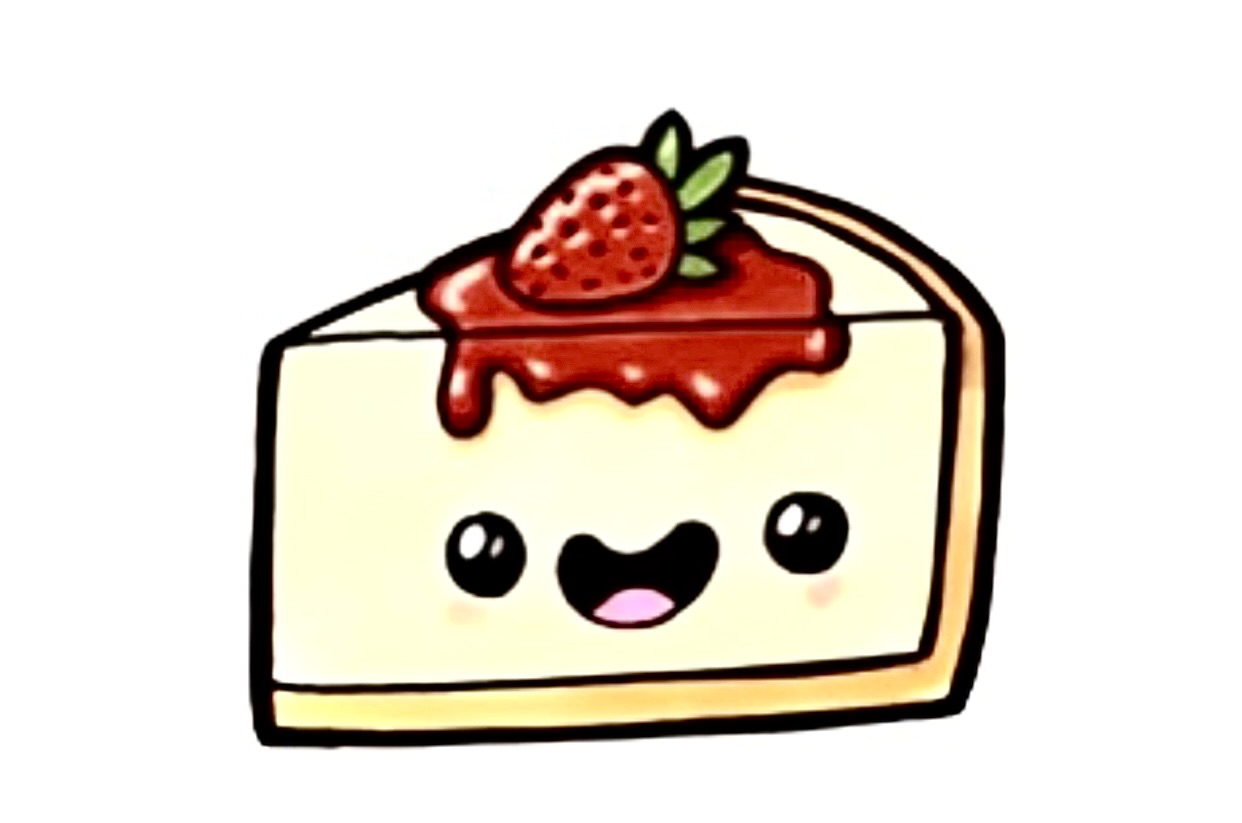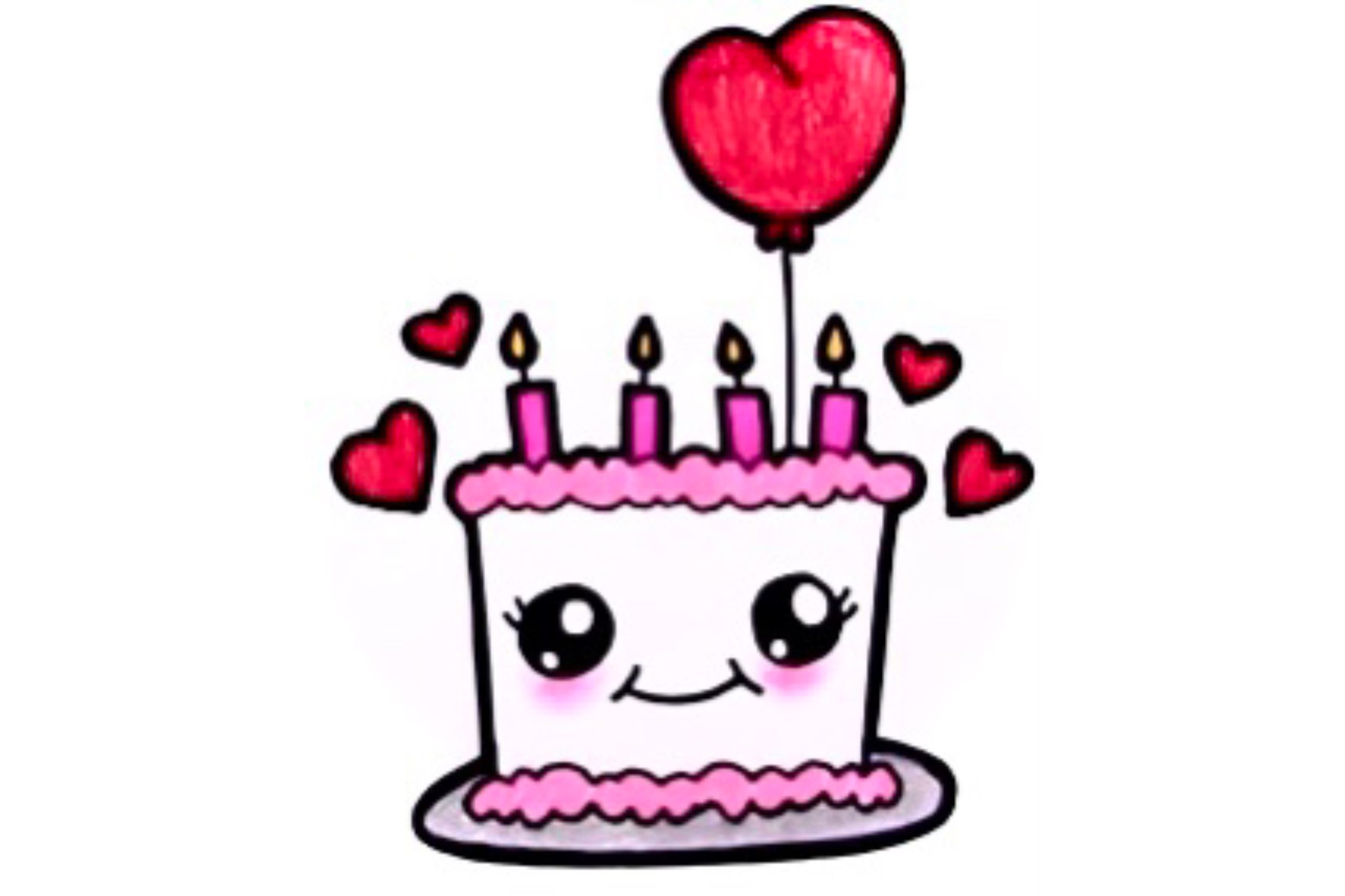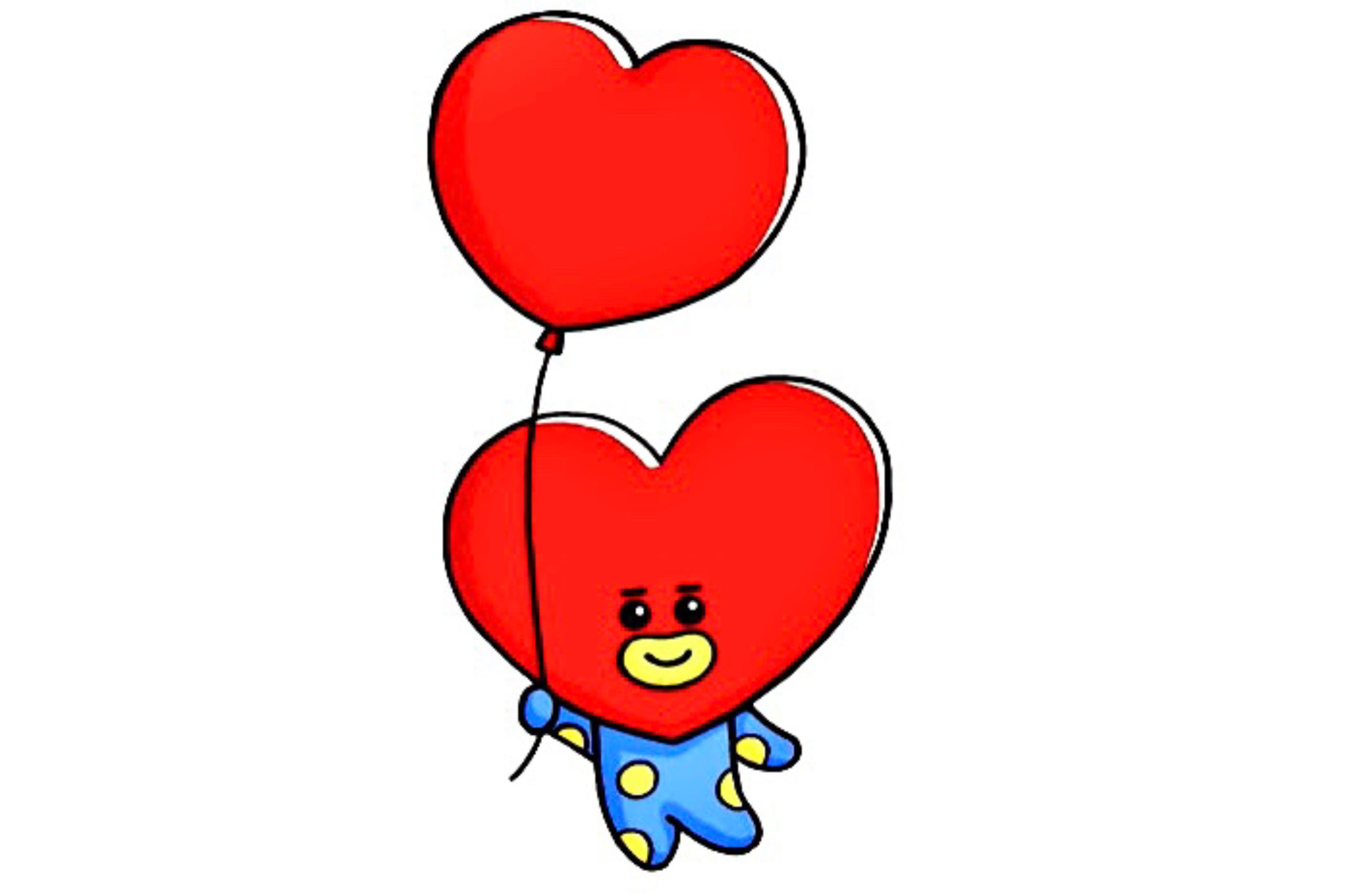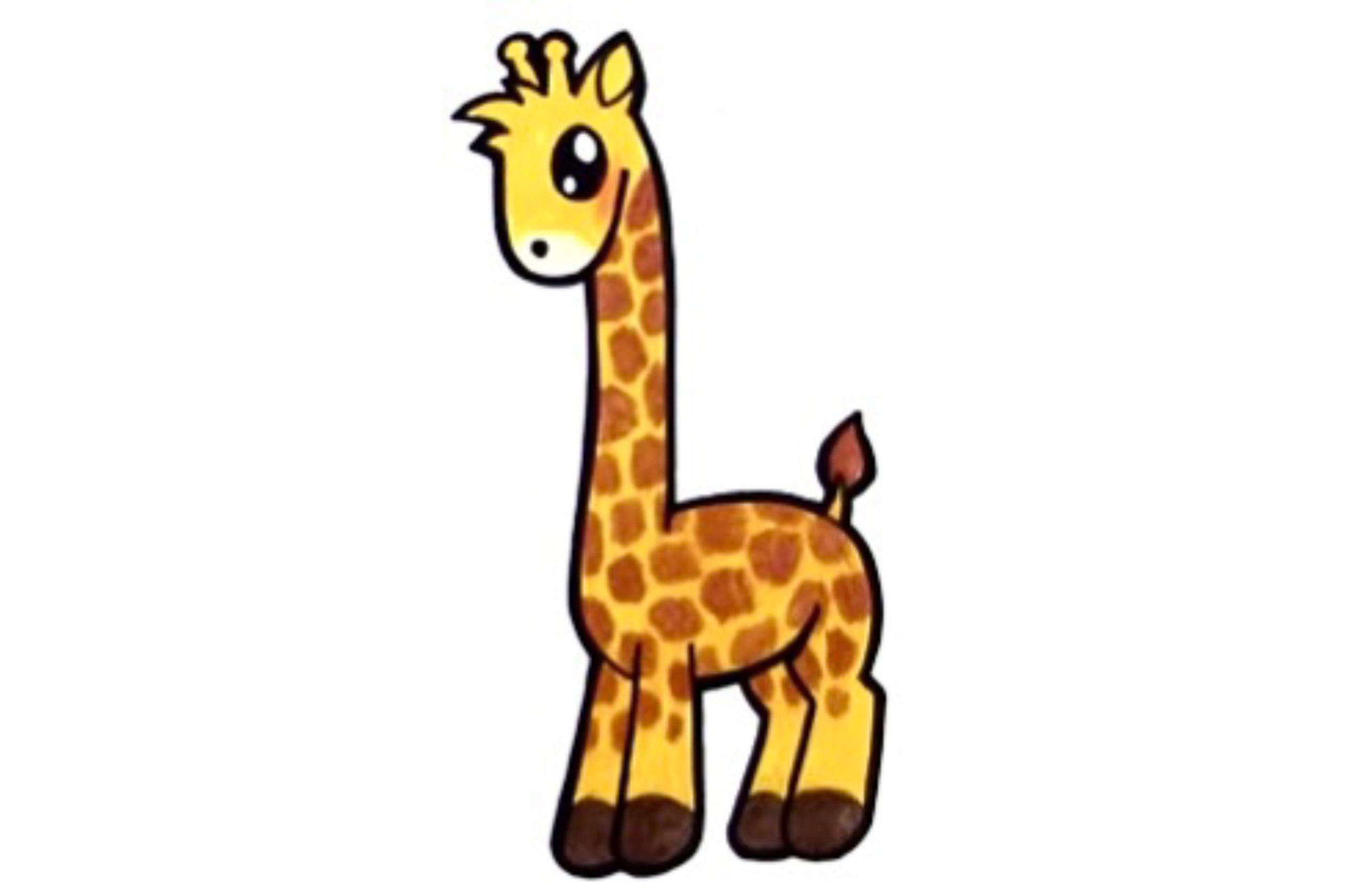Coloring Activities
The Important Role Of Coloring In Art Education
What does color mean? Why is color essential in art? Jorz.art will fully answer those questions and let you know the art education benefits of coloring.
I. Introduction
We do not utilize our creativity or the advantages of coloring nearly as much as we should as we get closer to maturity. Both adults and children can benefit from coloring. Especially for kids, coloring allows for experimentation and problem resolution. Along with learning patience and compromise, they can also learn to share coloring pages. A youngster is exposed to the outside world when they are introduced to coloring pages on landscapes or nature. Youngsters are born curious, and coloring allows them to express themselves freely.
Coloring is a fun and tactile way to learn color names, but it can accomplish more than that. Some of them are enhancements in fine motor abilities, attention, and creativity development. In this blog, we will show you the multiple benefits of coloring in the art curriculum.

II. What is color in art?
In art, color describes how our eyes see various tints and colors in images or paintings. It is produced when light waves strike the surface of an item and are reflected by our eyes.
Because certain light wavelengths are reflected and others are absorbed, subjects appear to have varied hues. As a result, people perceive colors at various wavelengths.
Humans respond to color in a literal sense because of the optic nerve, which enables our brains to form visual representations. However, our perception of color in the arts will be influenced by our upbringing and individual color conditioning.
As a result, color in an artwork is seen as subjective since it depends on the viewer’s opinion.

Color is one of the seven elements of art.
III. The importance of color in art
Because artists frequently utilize color to convey various emotions, characterize the topic, and create mood, color is crucial to art. Also, because color elicits powerful emotional reactions in viewers, it can have a psychological effect on them. Warm hues like red, yellow, and orange can arouse feelings of rage, enthusiasm, vigor, or vitality.
Conversely, cold colors like purple, green, and blue might convey feelings of melancholy, peace, or tranquility.

A particular mood can be created by artists through the strategic use of color.
Because painters may utilize color to create form and depth, color is also significant. Artists can create the illusion of light, shadow, perspective, and texture by adjusting the color values. Because of its importance, every child will be taught coloring in art curriculum when they enter primary school.
IV. Benefits of coloring in art education
1. Color awareness
For kids, learning colors is a significant developmental milestone. It aids in their pre-literacy and numeracy education! Additionally, it enables children to make the connection between the concrete and the abstract by depicting the real world in a picture on paper.
A youngster starts sorting and categorizing as soon as they can recognize and identify their colors. These are critical math abilities because they enable pattern recognition. Additionally, patterns come before problem-solving abilities. Therefore, children not only benefit from coloring in art curriculum, but those benefits also enhance their learning ability in other subjects.
A youngster picks up on differences as they learn to distinguish between different hues and objects that have varied colors. Additionally, reading is aided by the ability to recognize patterns and distinctions. To be able to distinguish one letter from another and one word from the next, children must develop their ability to see subtle changes.

2. A great way to relax
Coloring pages can provide a calming, unwinding pastime. Additionally, it can be used to help youngsters (and adults, of course) express strong emotions that they might find difficult to let out in a healthy way. As a proven therapeutic approach, art therapy coloring books are now available for both adults and children.
Although coloring is not strictly a developmental skill, you may use it to teach kids how to relax and relieve tension. Coloring can become nearly hypnotic due to its repetitive nature, which can help children cope with stress and anxiety. Additionally, coloring can help a youngster who is experiencing elevated emotions to ground themselves and relax their bodies and brains because it demands stillness for optimal results.
Color therapy is another way to unwind with other relaxation techniques. While coloring, play some instrumental or classical music, or consider coloring along to a nature sound file.
Related blog: The Ultimate Guide For Enhancing Beginner’s Coloring Skill
3. Improve fine motor skills
The movements and particular grip used in coloring can aid in the growth of the muscles in the hands, wrists, and fingers. Better handwriting may result from this as the ability develops. Choosing colors with crayons, holding them, and using them on paper can all aid in improving hand-eye coordination.
Coloring is an excellent way to introduce students to school preparation because it is enjoyable. Spending time coloring with preschoolers helps them develop gross motor skills—such as sitting on a chair, maintaining focus on an activity, and managing pencils and scissors.

4. Creativity development
Young pupils’ imaginations can grow and be inspired to organically generate new ideas through coloring. Creativity is innate in every human being. An additional boost to a child’s creativity development might come from coloring. With the help of those black line drawings, kids can transform an ordinary object into something amazing. Additionally, engaging with characters from books or television shows encourages them to use their imaginations and storytelling skills.
Giving children a blank sheet of paper might let their imaginations go wild. Their creativity development starts from here. Their minds will run wild with inventive ideas, whether you give them a drawing and coloring assignment or just let them have fun creating artwork.
5. Encourage patience and concentration
Coloring is an excellent sitting-still pastime. Children of all ages and activity levels are encouraged to slow down and concentrate on a single task. Giving students adequate time to practice focusing on a particular task might help them get better at grades and skill enhancement.
Coloring is an excellent way to practice attention and concentration. Children must sit or lie down and maintain their body stillness in order to have control over their coloring. The child needs to focus more on how detailed the picture is. The coloring activity will introduce children to the pre-hand experience of schools where they need to stay focused.
V. FAQs
1. How does coloring aid in relaxation?
People may find it challenging to maintain present-focused attention when they are under stress or anxiety. This basically indicates that they are thinking more about their worries or to-do list than about what is actually happening to them at that moment.
Because coloring gives people something else to focus on, it has been compared to mindfulness or meditation. The brain can unwind when it is engaged in a straightforward activity that transports us elsewhere and has a known result.
2. Does coloring help toddlers?
Of course! For toddlers, coloring is an enjoyable hobby that plays a vital role in their development. As infants learn to grip and manipulate the coloring tools, it helps to enhance their motor abilities. Additionally, it sparks their curiosity and promotes their creativity development. Therefore, kids can express themselves and experiment with color combinations. Additionally, coloring can be a soothing and relaxing pastime that aids in stress reduction and focus in toddlers.
3. Does coloring aid in the growth of writing abilities?
Of course! The fine motor abilities necessary for writing are developed through coloring. Children’s handwriting will eventually improve as they develop stronger control over their wrist, fingers, and hand movements through the grasping of crayons and colors within shapes.
VI. Conclusion
We have looked at the amazing world of coloring and its art education benefits. Children can greatly benefit from coloring as a powerful tool that supports their psychological, cognitive, and creative development, in addition to finding it to be a pleasant and engaging pastime. Essential life skills and a solid basis for academic achievement are all fostered by coloring. And remember that coloring is for all ages. So, no matter if you are a child or an adult, just grab your colored pencils or crayons. Start coloring and enjoy the benefits of this excellent activity.
What does color mean? Why is color essential in art? Jorz.art will fully answer those questions and let you know… View More









